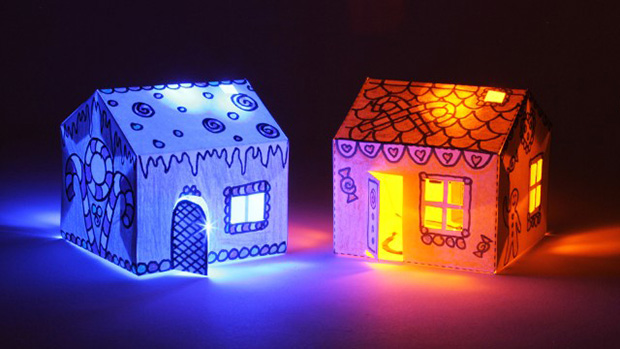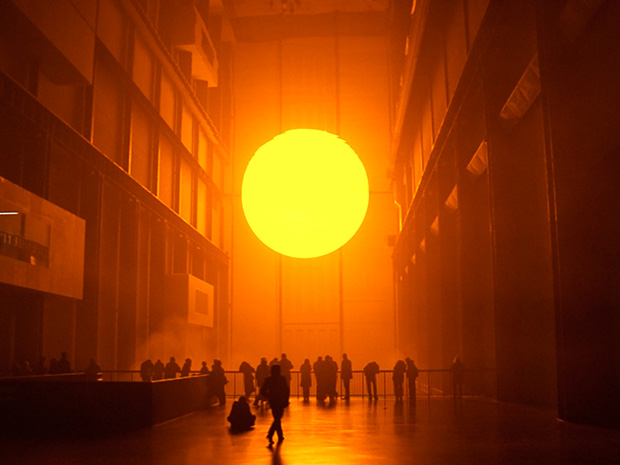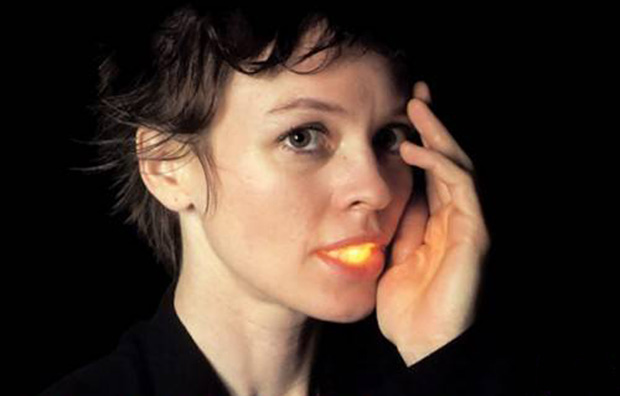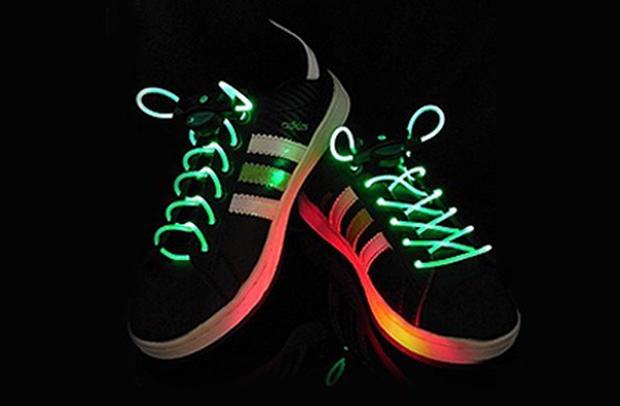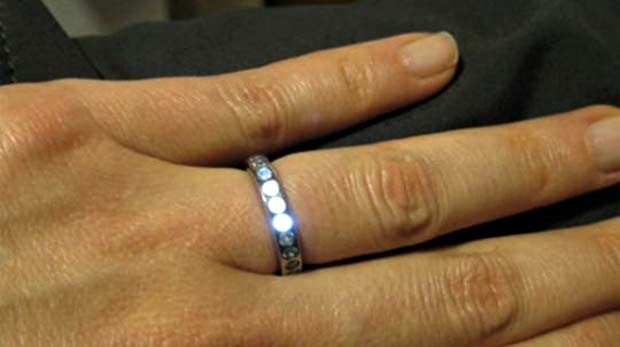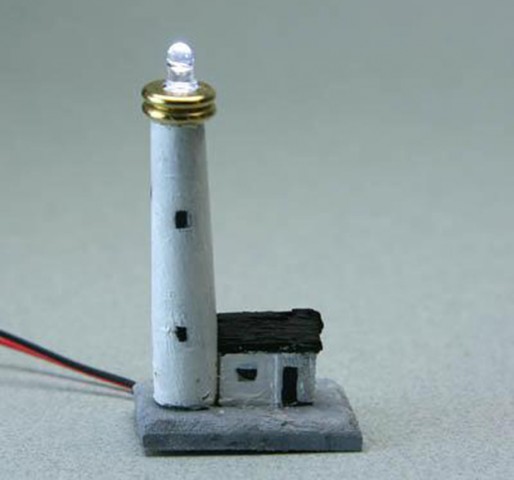Assignment 03
This assignment is due Thursday, September 5th.
This assignment has three parts:
- Assignment-03-YouTube
- Assignment-03-OpenProcessing
- Assignment-03-Blink
Assignment-03-YouTube
We will use YouTube throughout the semester to document certain kinds of work. Please sign up for an account at YouTube if you don’t already have one. In your WordPress profile page, please add a link (alongside your Twitter handle) to your YouTube account.
Assignment-03-OpenProcessing
For sharing interactive projects created with Processing (js), we will be using the sharing site, http://OpenProcessing.org. Please sign up for an account at OpenProcessing if you don’t already have one. In your WordPress profile page, please add a link to your OpenProcessing identity.
Assignment-03-Blink
The Blink(1) by ThingM is a USB, RGB, LED. Billed by its manufacturer as “the world’s best indicator light”, the Blink(1) can be assigned to glow with any color you wish. It is simple, flexible, and robust, and it offers a variety of APIs (including interfaces to both IFTTT and Processing). ThingM has generously provided one Blink(1) device for each student in our class!
In this assignment, you are asked to connect your Blink(1) to IFTTT, which has a special channel just for the Blink(1). Complete technical documentation about using the Blink(1) with IFTTT is available in this PDF from ThingM. Now:
- You are asked to create an imaginative, working IFTTT recipe in which your Blink(1) represents a proxy for a light which is located somewhere much more interesting than attached to your laptop. Thus, I ask you to treat your Blink(1) as just a prototype or mock-up for a light located somewhere else. For example, you could pretend that the Blink(1) stands in for:
- a powerful signal in a lighthouse;
- a teeny light in a piece of wearable jewelry on your body;
- an indicator light at a public bus stop;
- a diffuse ceiling light for an intimate room;
- any light you can imagine.
- Your recipe must actually work, even if (for example) you don’t actually have a lighthouse. In a blog post, document your design in the following ways:
- Text. In about 100 words, describe your recipe in detail. In addition to describing the signal it responds to, you must also (crucially) describe its context of use: the situation in which you imagine it working. If you expect a person to change their behavior as a result of the light, explain how.
- Image. Create an image which portrays your recipe. This could be a drawing, a schematic diagram, a Photoshopped photo-collage, etcetera. I particularly encourage photographs of paper mockups that actually incorporate the Blink(1). Please use a 4×3 aspect ratio for your image (for example, 1600×1200 or 1024×768 pixels), since I’m going to make a small book out of these images.
- Video (Optional, but recommended). If possible, create a video of your IFTTT/Blink(1) recipe working. Upload this to YouTube. Embed the video in your blog post.
- Label your blog post with the Category, Assignment-03-Blink.
I hope your design will be some combination of imaginative, provocative, and/or interesting. One of your most significant challenges will be finding the tightest match of signal and context. Ask yourself: what makes your chosen trigger an ideal input for the light? What makes the light (and its context) an ideal way/place to experience that signal?
Remember, light comes in an immense variety of different forms.
Here’s some inspiration for you:
